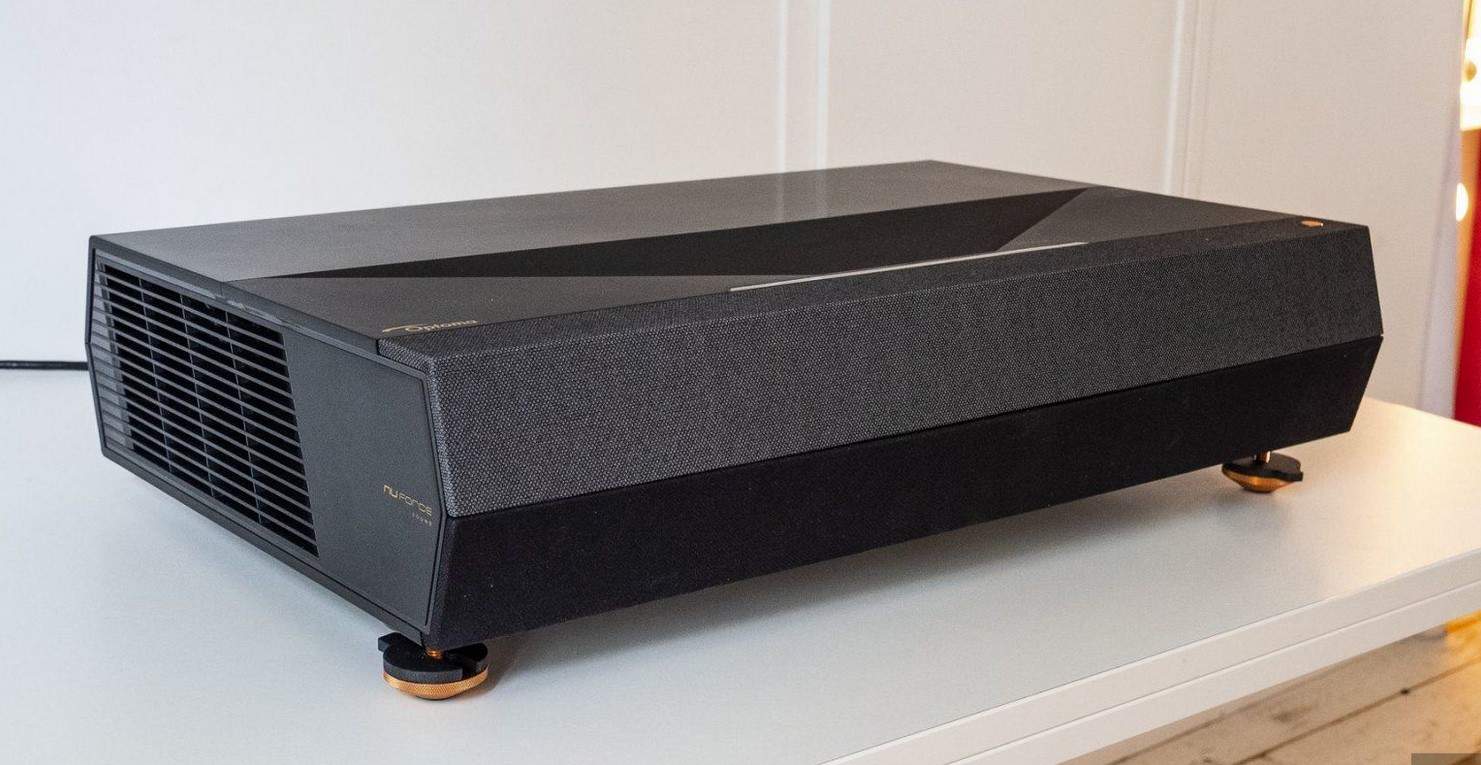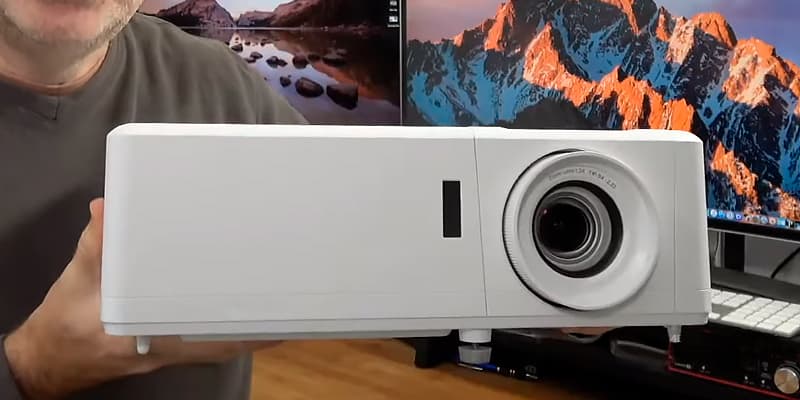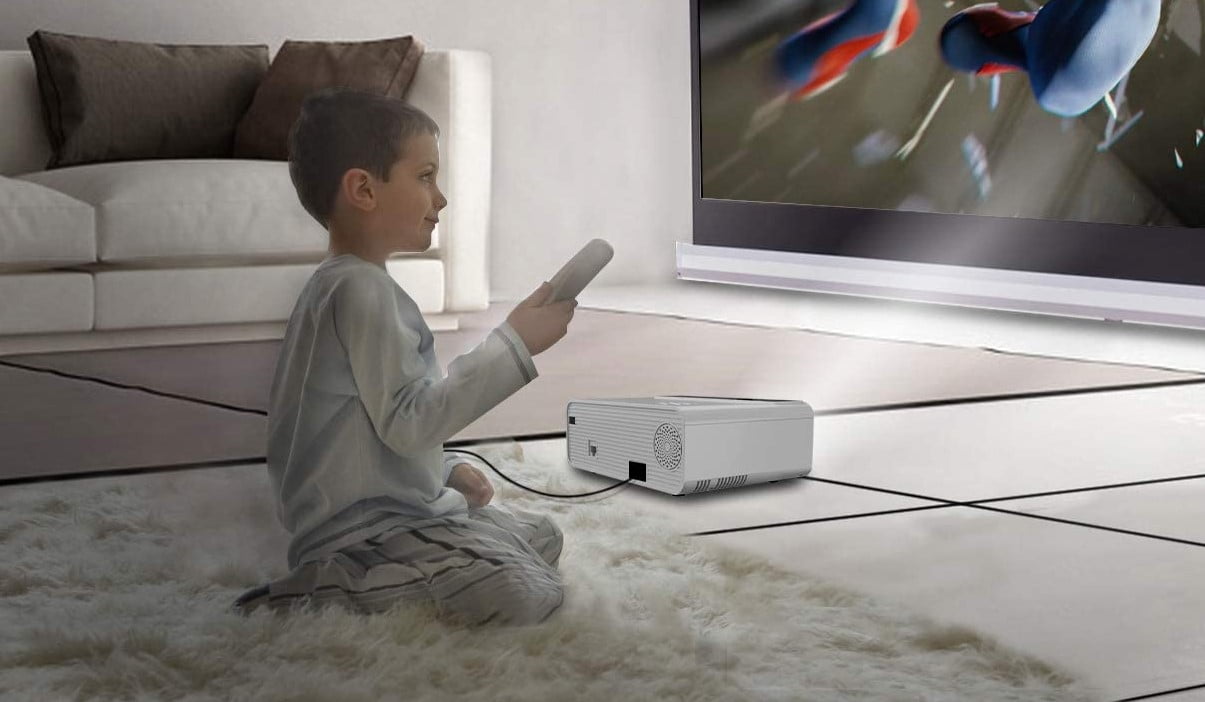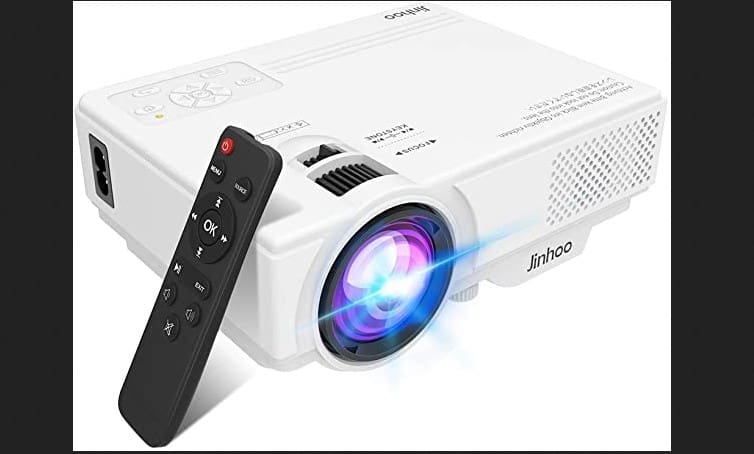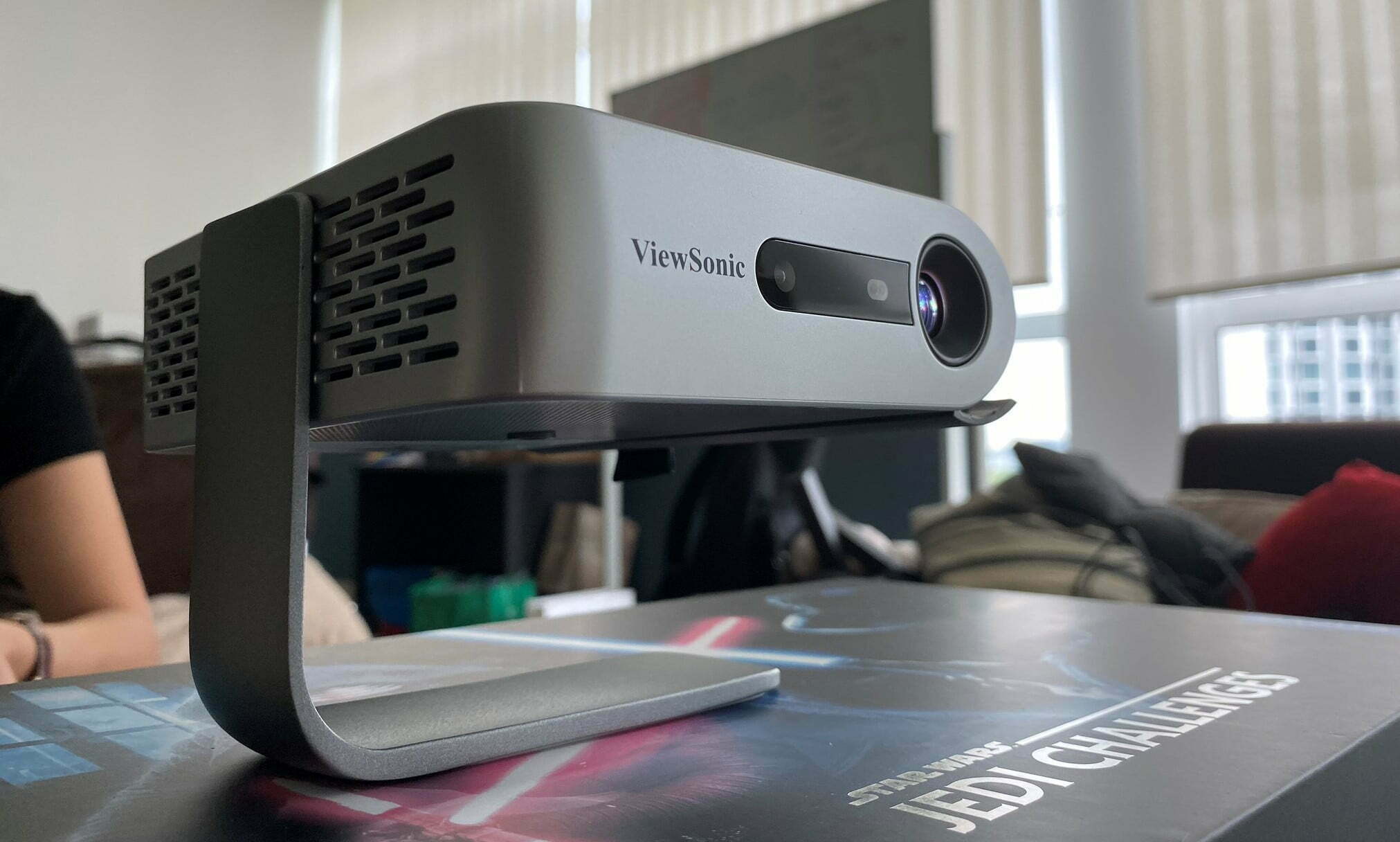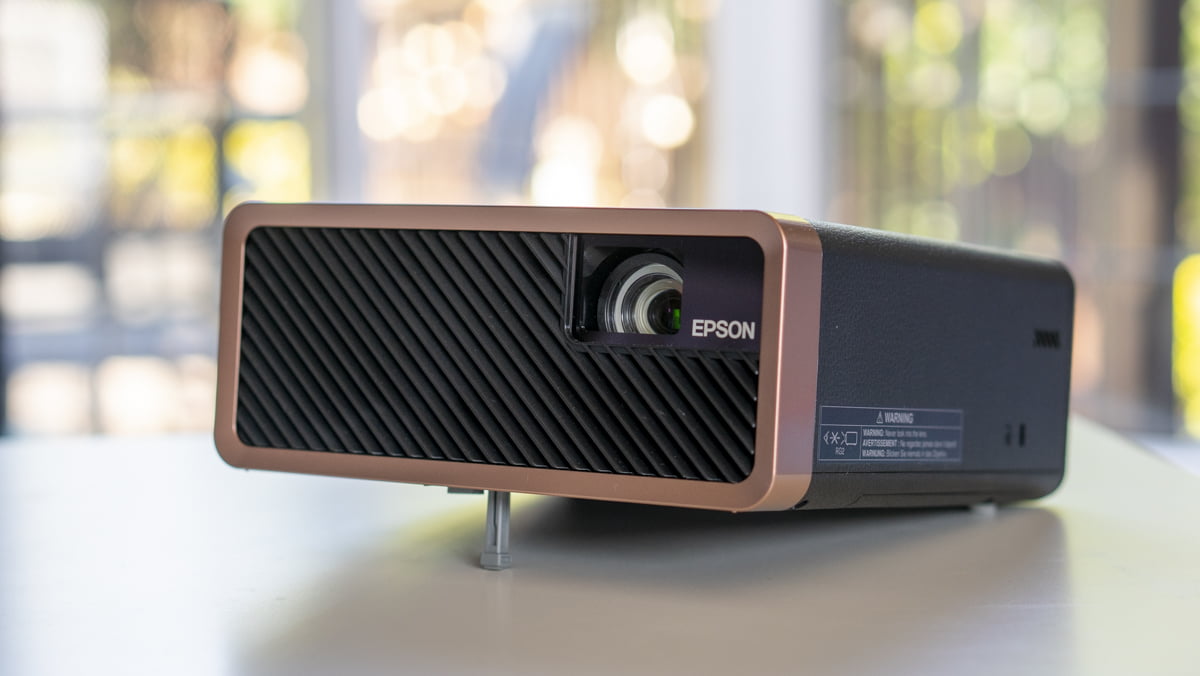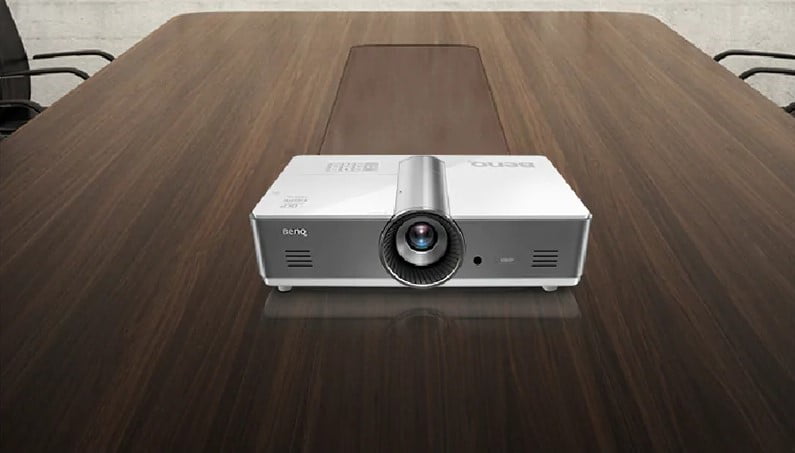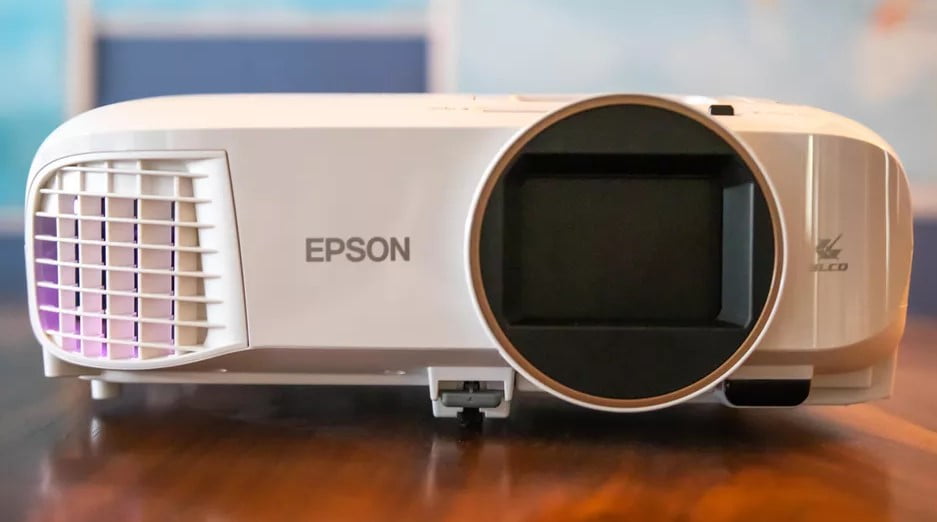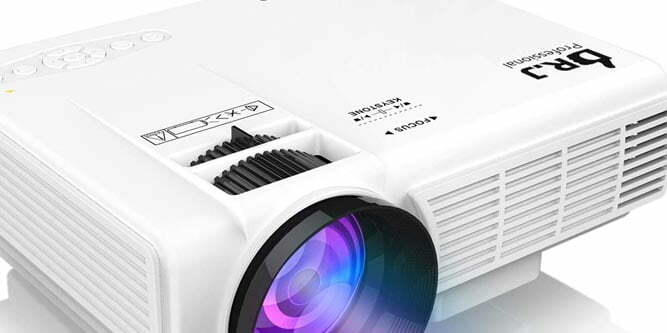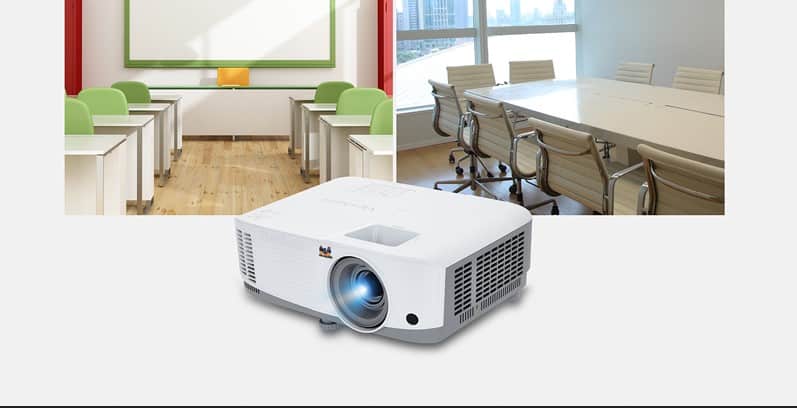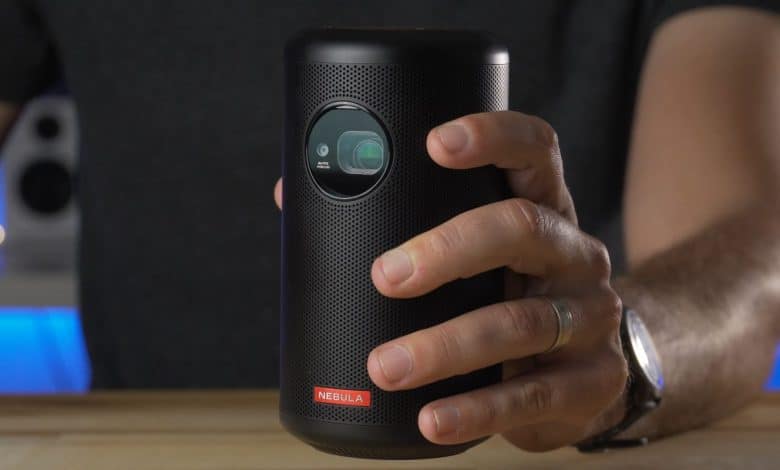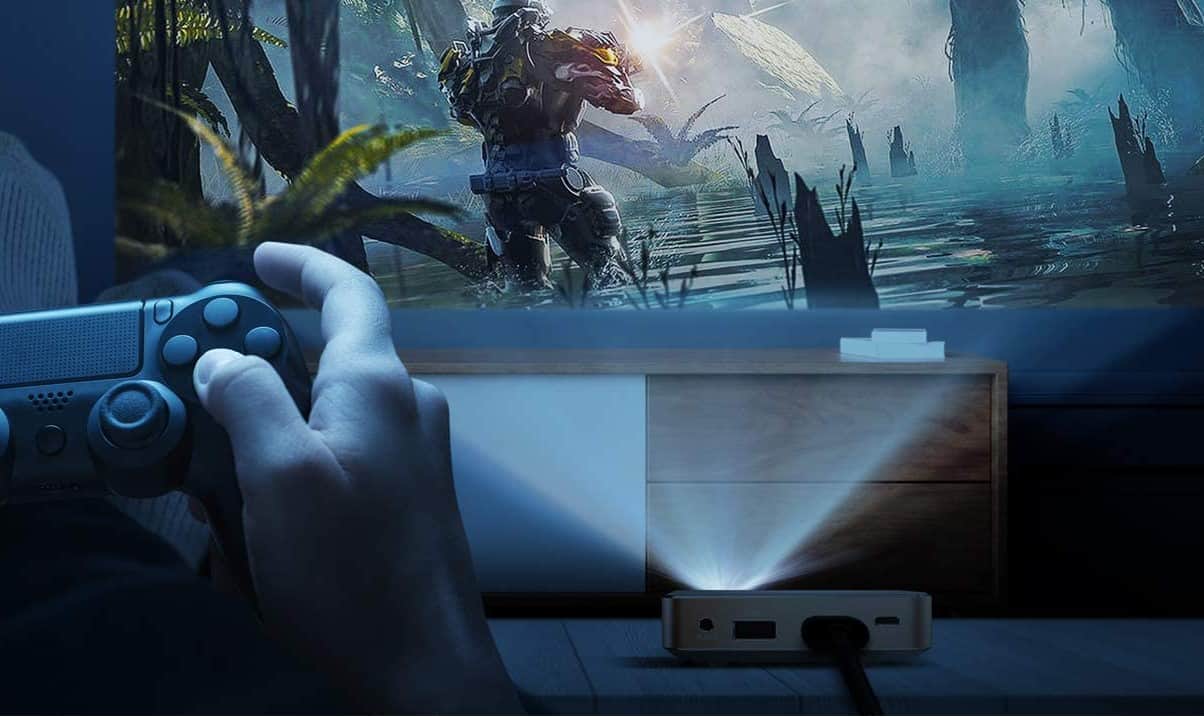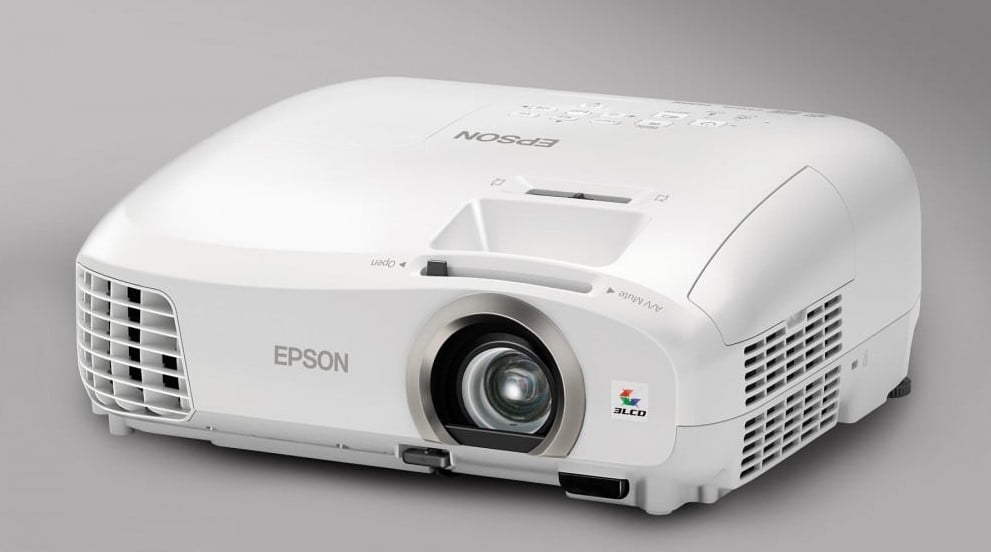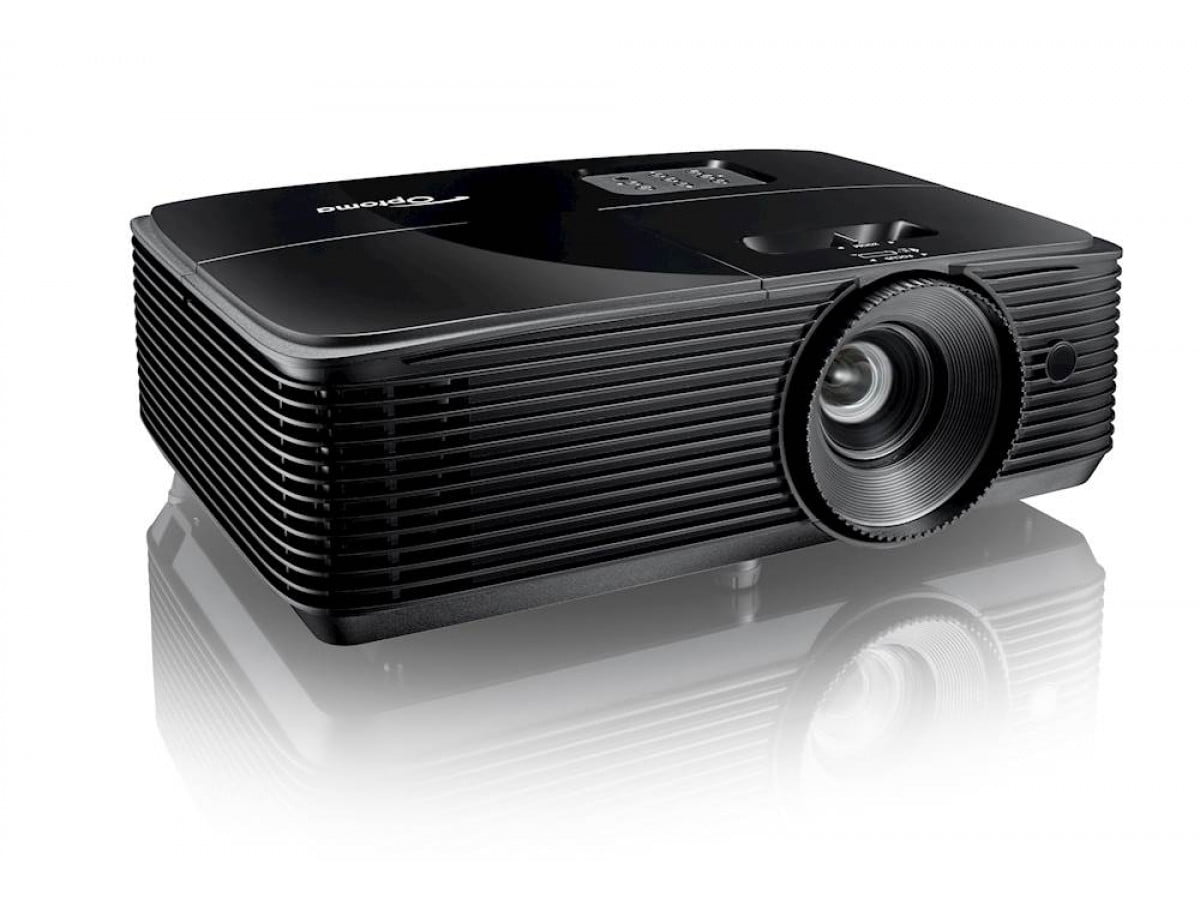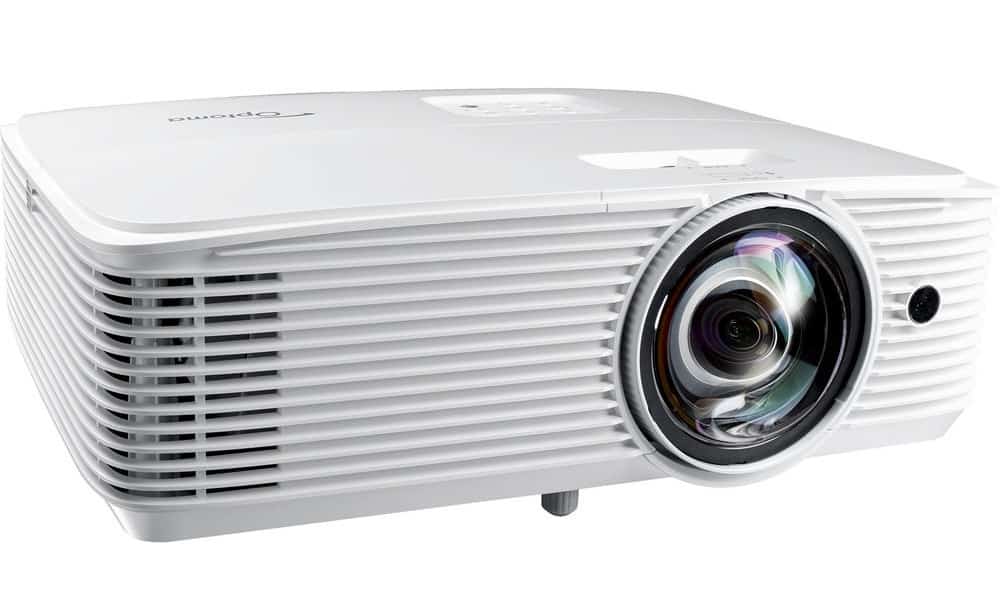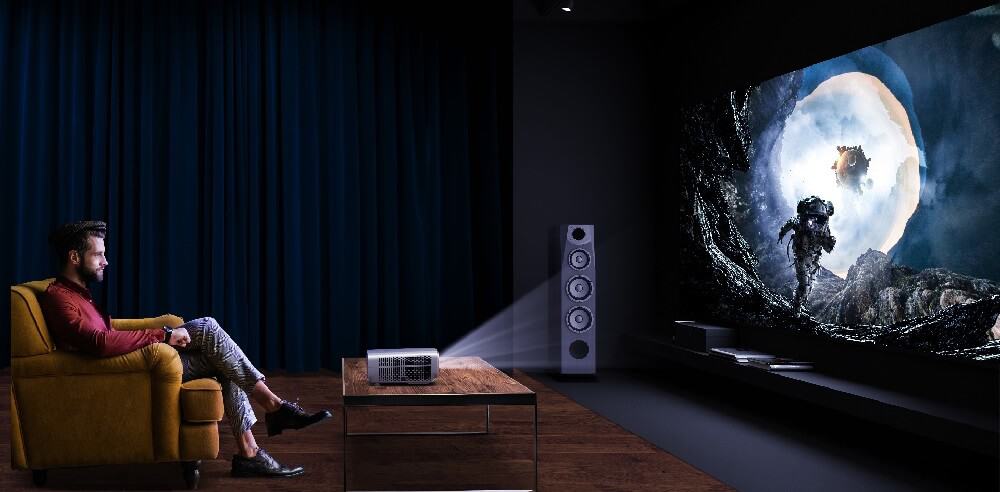When purchasing a new device, you may ask how to hide the cables for a ceiling home theater projector if you decide to go that route. Each of these methods allows you to conceal the wires necessary for the best projectors easily. You could hide them using covers, molding, sills, or soundproofing. If you are looking for a more permanent and complete solution, you could run the cables through the ceiling and wall. Read on to find out how. For additional information for those asking how do I know if my projector bulb is going bad, check out our other article.
KEY TAKEAWAYS:
- You may be able to conceal wires and cords by running them along the window or door frames or behind furniture.
- Crown molding or cable tunnels provide hiding places for wires running along the ceiling.
- If you don’t want to see your cords at all, you may be able to hide them within the ceiling and walls of the room.
Concealing Cables from Ceiling Projectors
Your leading ceiling-mounted projector enables you to view any video, game, or image without the hassle of finding a place for the projector that won’t get in the way of your household but still provides the optimal viewing position and viewing angle for your projector screen.
However, you may find that your optimal viewing experience from the center of the device means that cords are showing in your living room or den. Oftentimes, either purchasing a wireless projector or even converting your projector to wireless can solve this problem. But if that’s not an option for you, then read on.
Whether you have a rotatable ceiling mount or a universal ceiling mount for projectors, you can find five possible solutions to your problem below. If you are having trouble with your sound system, you also may want to read how to hook up a projector to a Bluetooth speaker or how to use a soundbar with your projector.
Insider Tip
Use your door or window frame to hide cables using electrical staples or wire ties.
Use Covers or Cable Tunnels
Some users choose to stow their wires within cable tunnels along the edge of the ceiling and wall. These covers can be painted to match your room. You should probably paint them before hanging so that the paint doesn’t affect the stickiness of the adhesive. To attach, you simply peel off the backing on each tunnel and stick it where you want it. You can put multiple in a row for complete coverage.
Use Crown Molding
Crown molding runs along the edge of the ceiling and adds a decorative touch to any room. However, you may not realize that many crown molding options include space behind and above them for wires. You will want to place the projector as close to the crown molding as possible once you have all the installation material to eliminate any length of wire running across the middle of your ceiling. This method requires cable ties or electrical staples and a bit of home improvement knowledge, so you may want to get help from an expert.
Use Your Ceiling and Wall
You may be able to hide your cables from the ceiling by feeding them through the ceiling and walls that the cord runs along. You would need to cut a small hole in the ceiling above the projector and run the wire from the ceiling to the projector and down the wall to the outlet. This method can be complicated to do if you are not into home improvement or construction. Because of this difficulty and the electrical work, you should probably hire a professional for the convenience of installation of this option for you.
Use Your Doors and Windows
Some of the most accessible options for hiding cords that run from floor to ceiling utilize the fixtures already included in your room. For example, if you use electrical staples or cable ties, you can hide your wiring by running it along a door or a window frame. The window or door draws the attention away from the wires even if they are still visible within the room. If your cords running from the projector still present a messy image in your opinion, you can combine this method with others, such as cable tunnels or crown molding.
Use Your Furniture and Decorations
When trying to hide wires, you should consider using what you already have in the room. Whether it’s doors and windows or furniture, it provides a convenient method for concealing cables. For example, you can find a way that routes cables down the walls behind bookshelves, dressers, or display cases to hide the wires using furniture. Once they reach the ground, you may want to use chairs, tables, or sofas. Unfortunately, this method leaves some cable visible, but it can be combined with other methods if you truly want a clean image.
Warning
Many consumers may have trouble hiding cables behind a wall, but you should be able to hire a professional to complete this job for you.
F.A.Q.S
How do I power a projector on a ceiling?
You can run your product cable along the ceiling and wall to reach a power outlet. If your cord isn’t long enough, you may need an extension cord, but many models that require cables from the ceiling feature long cords anyway.
How do I hide the HDMI on the ceiling?
Just as you would hide exposed cables such as the power cable on the ceiling, an HDMI cable can run the length of the ceiling and wall. However, you may need to purchase an extra-long HDMI cord because these cables are sometimes short-range.
How do you hide exposed cables?
You can hide exposed cables from many devices by using furniture or decorations. This option is often the easiest as you can use what you already have.
STAT: To be labeled as a disinfectant, the EPA stipulates that the product must destroy 99.999% of pathogens within 5 to 10 minutes. (source)

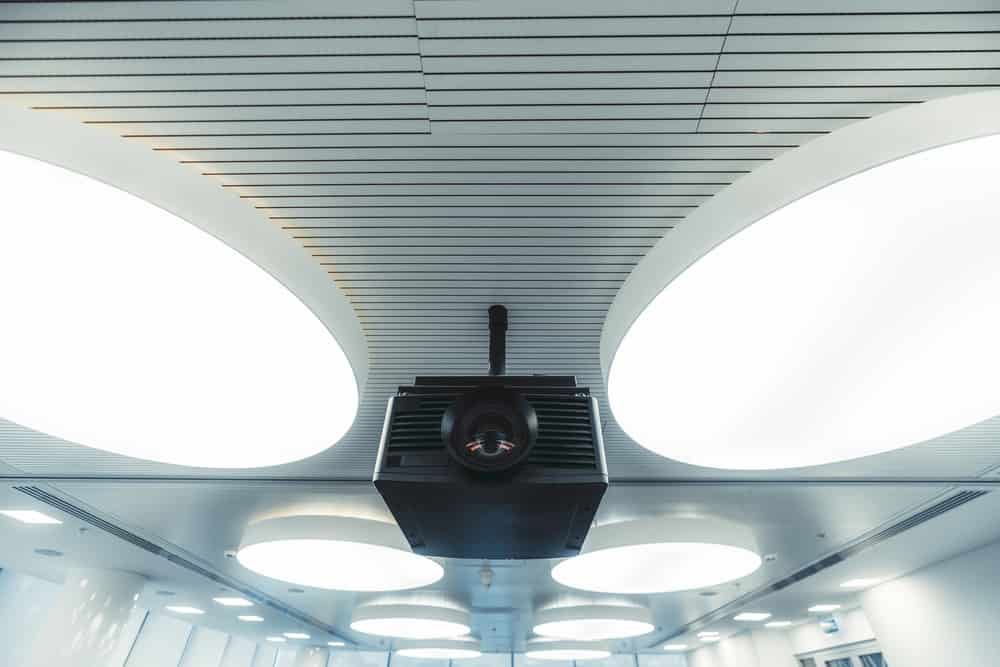














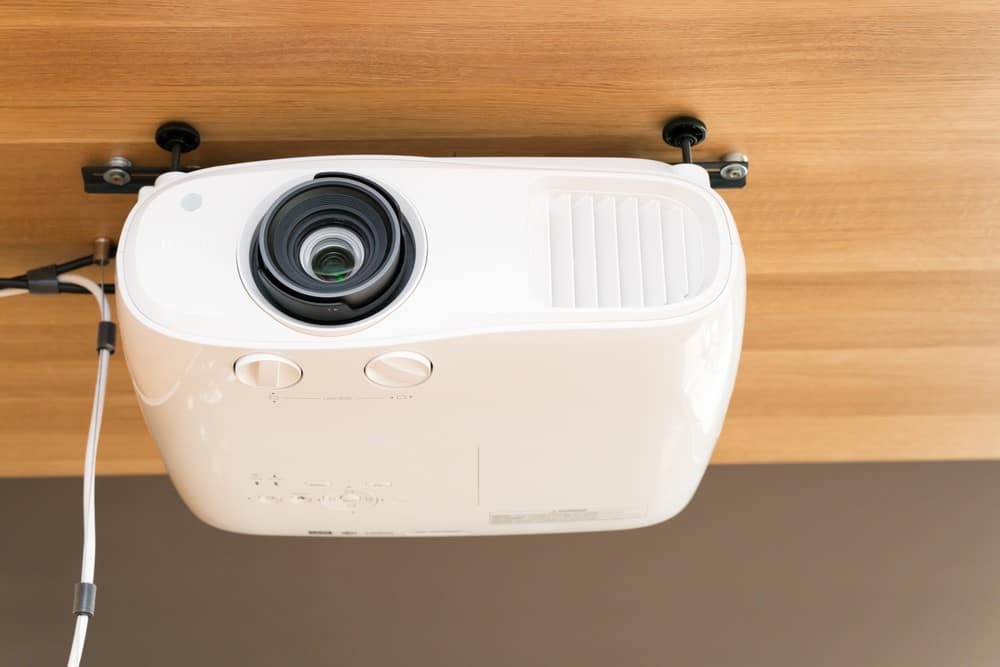
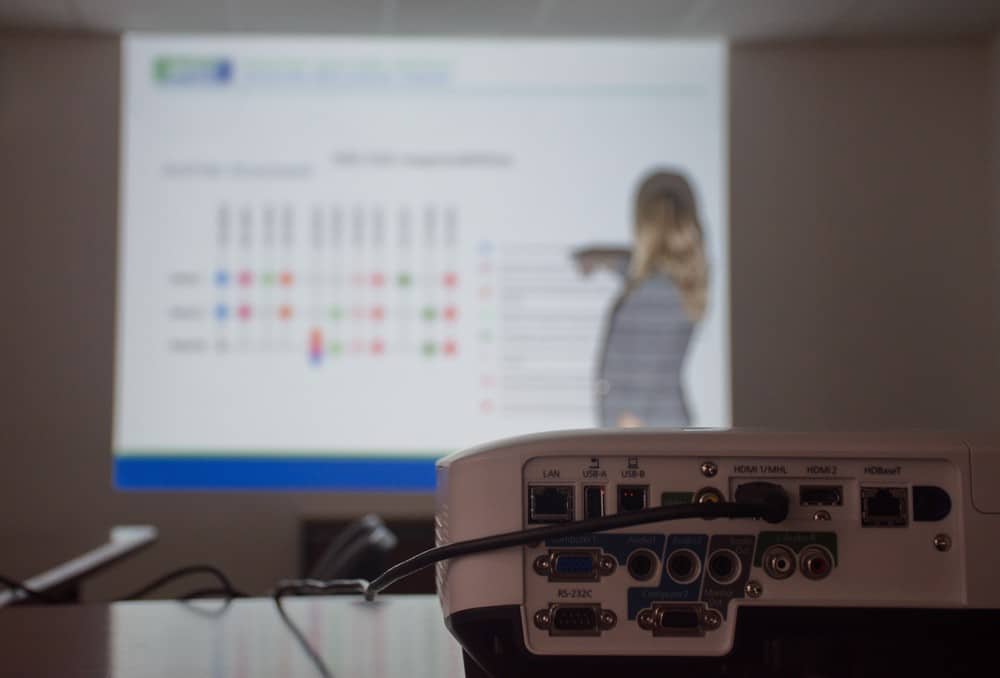
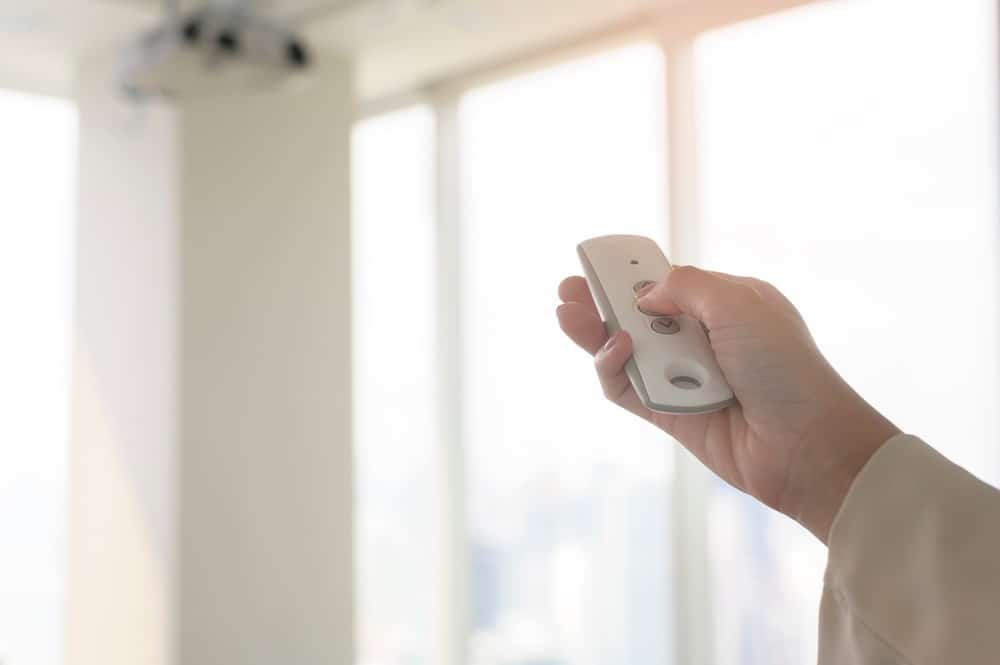


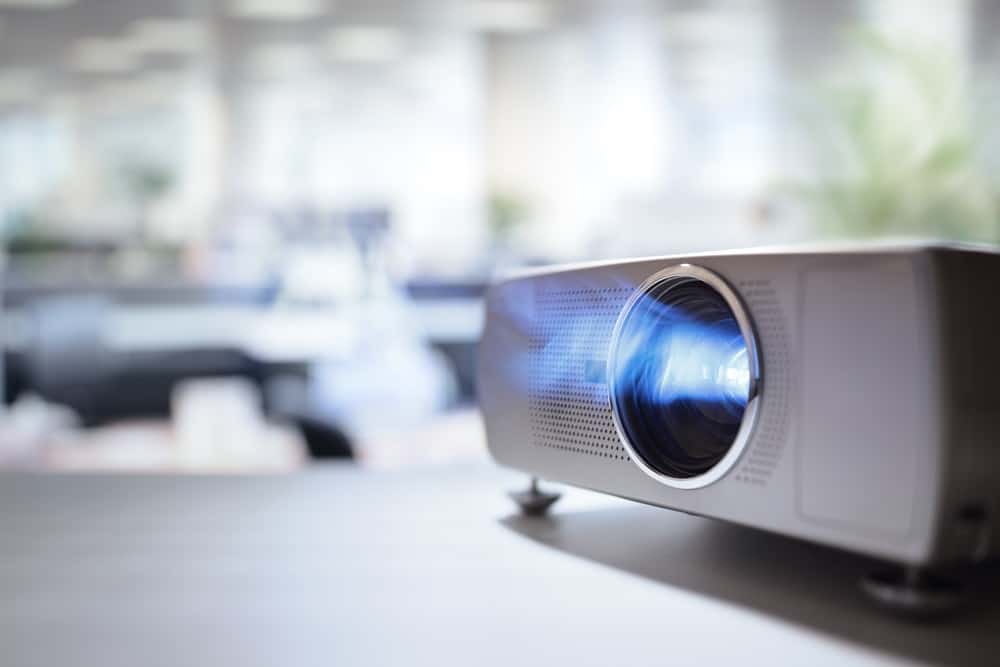
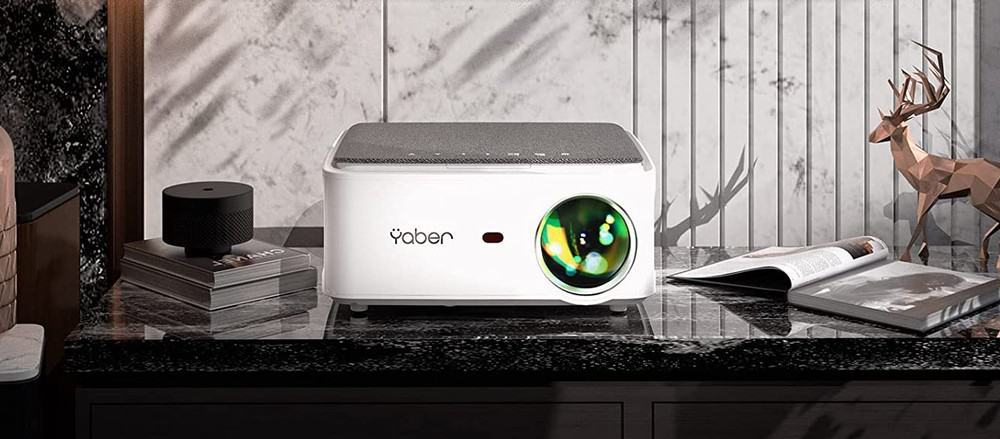
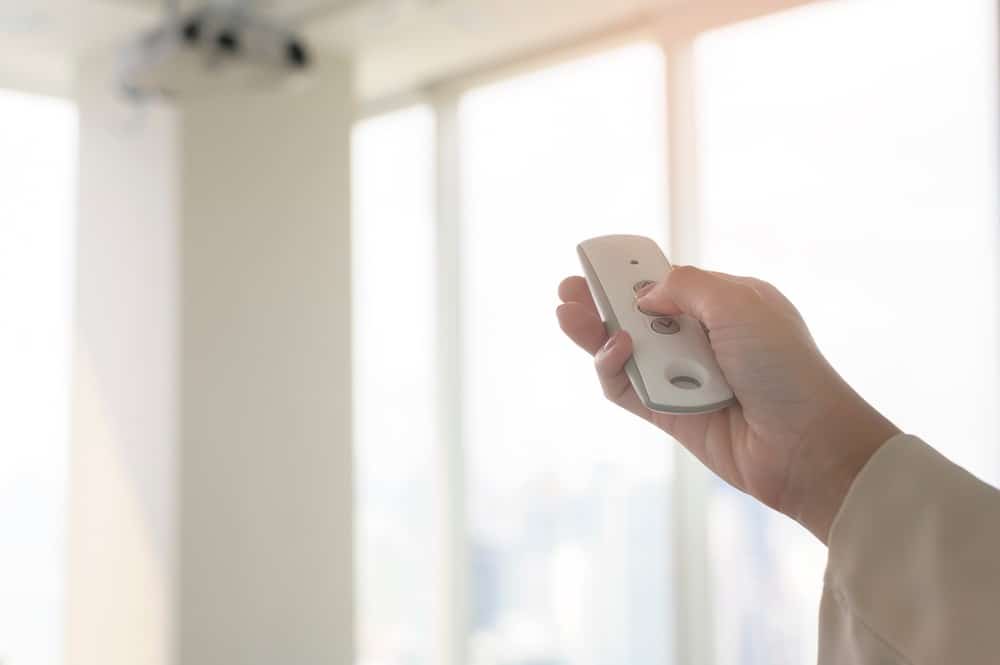
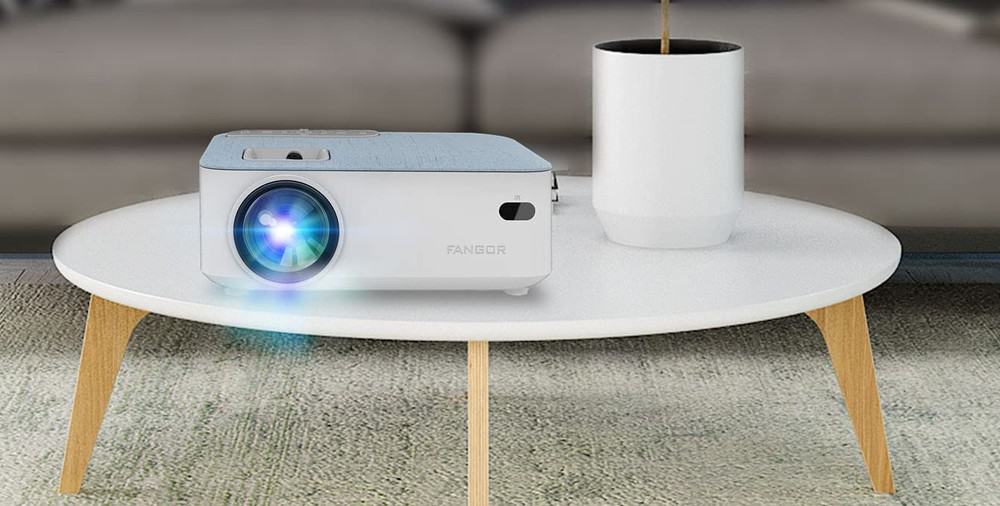
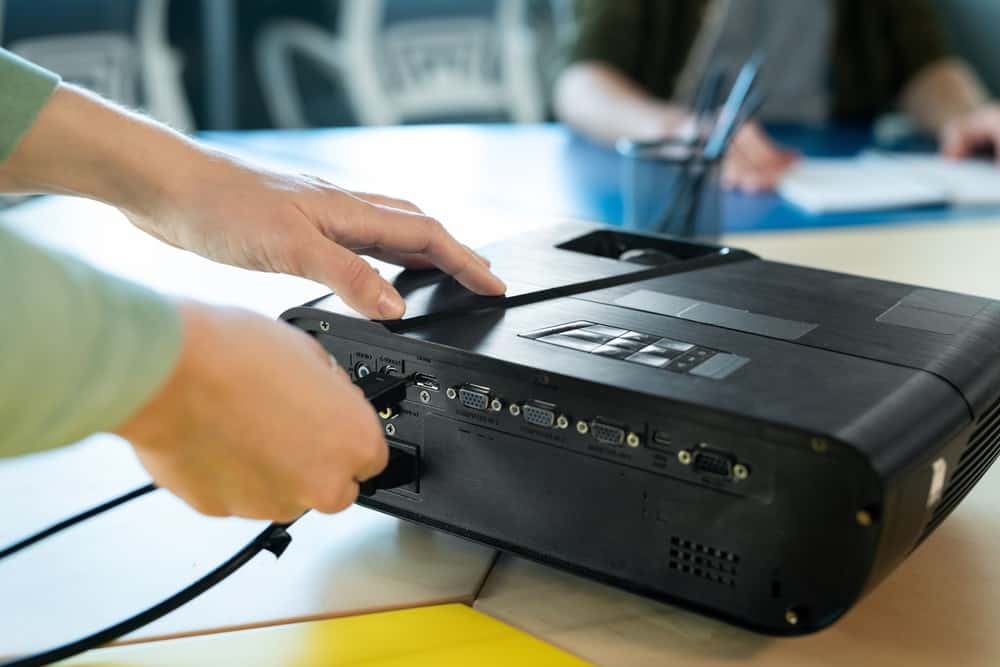
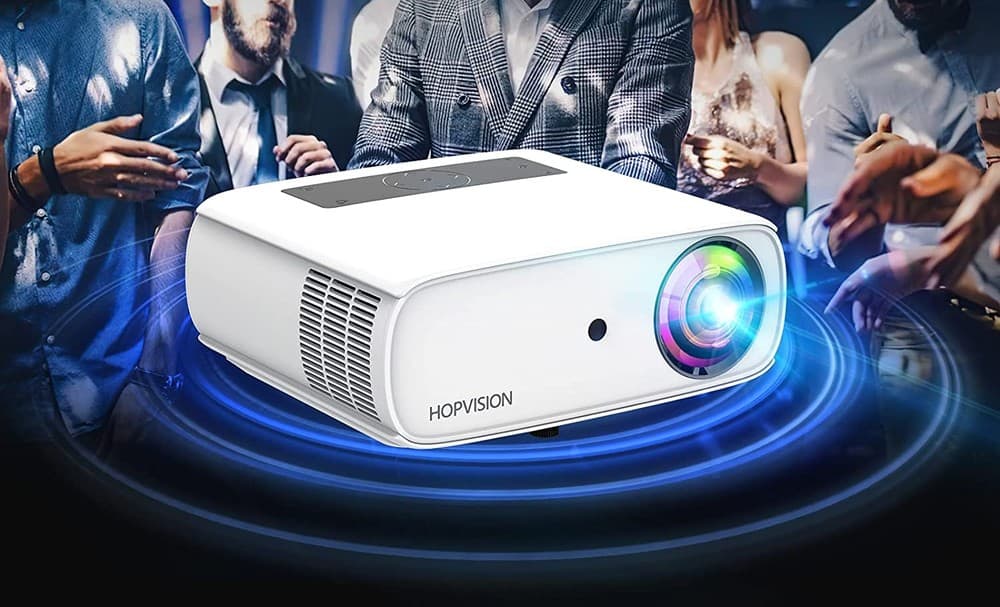

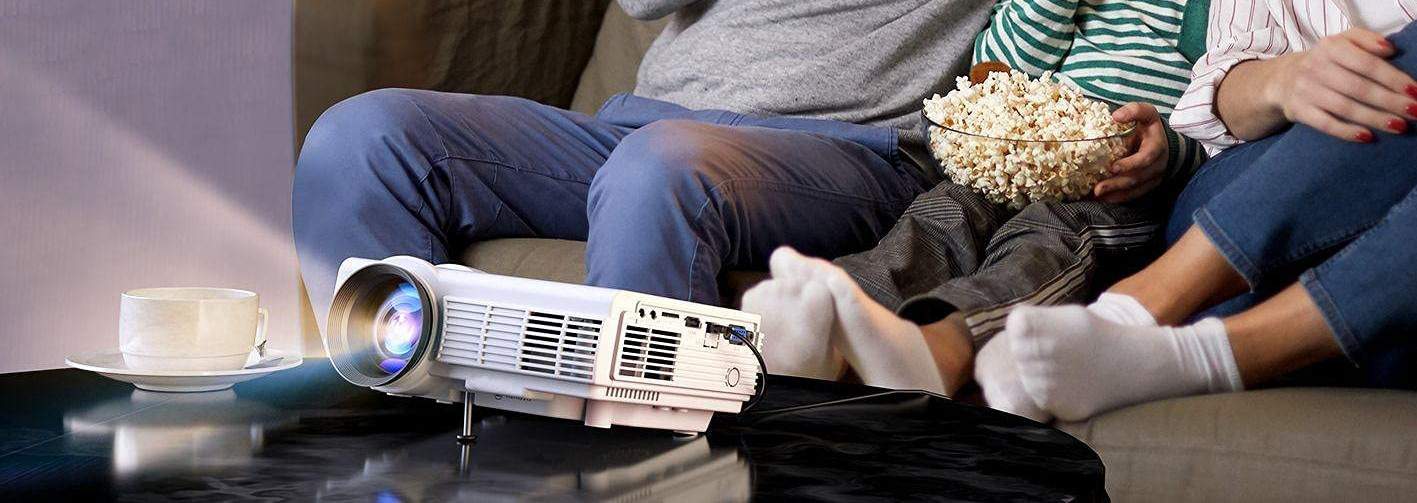

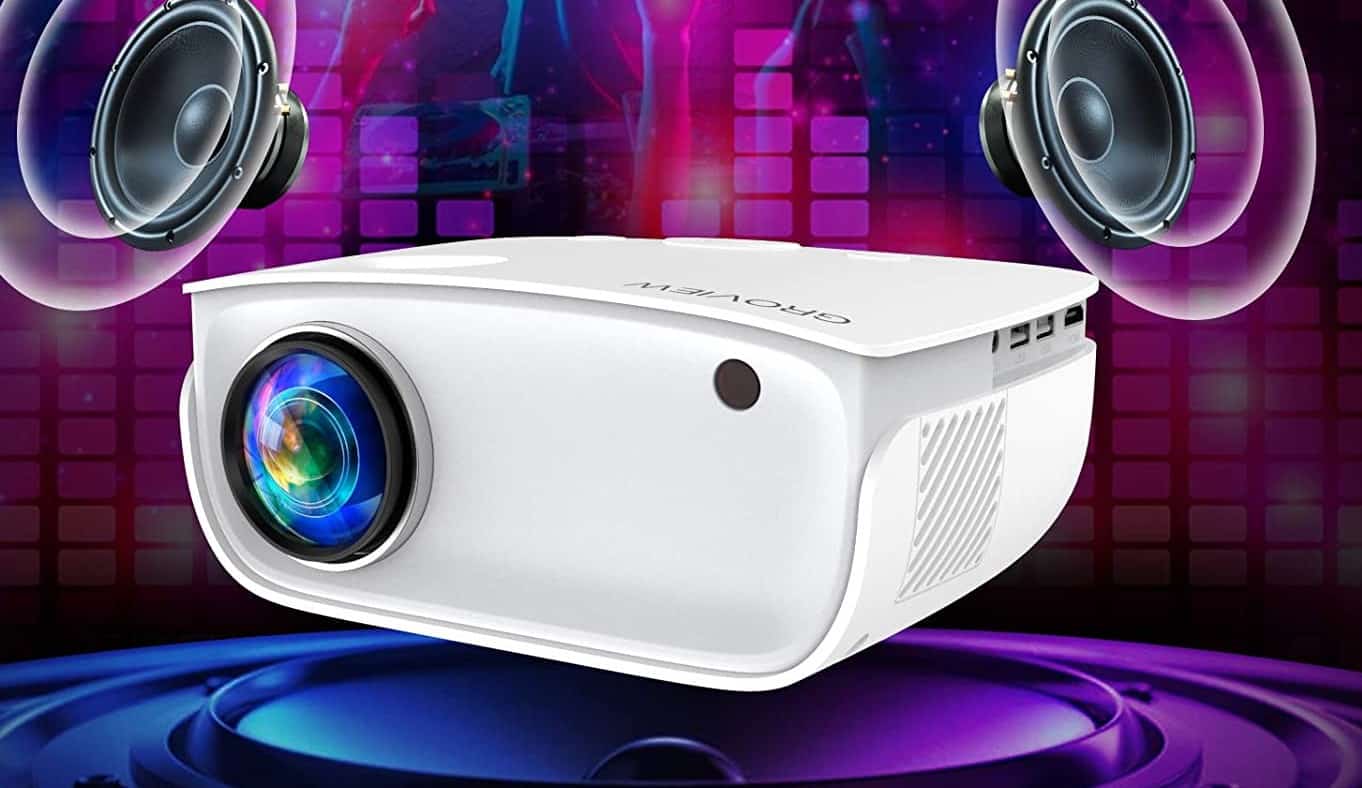
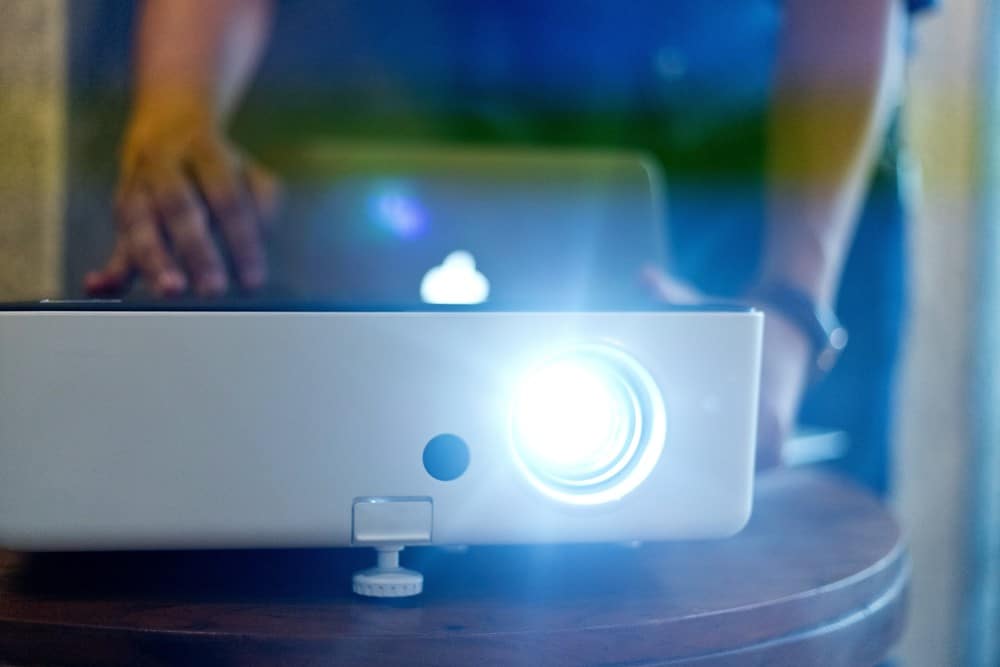

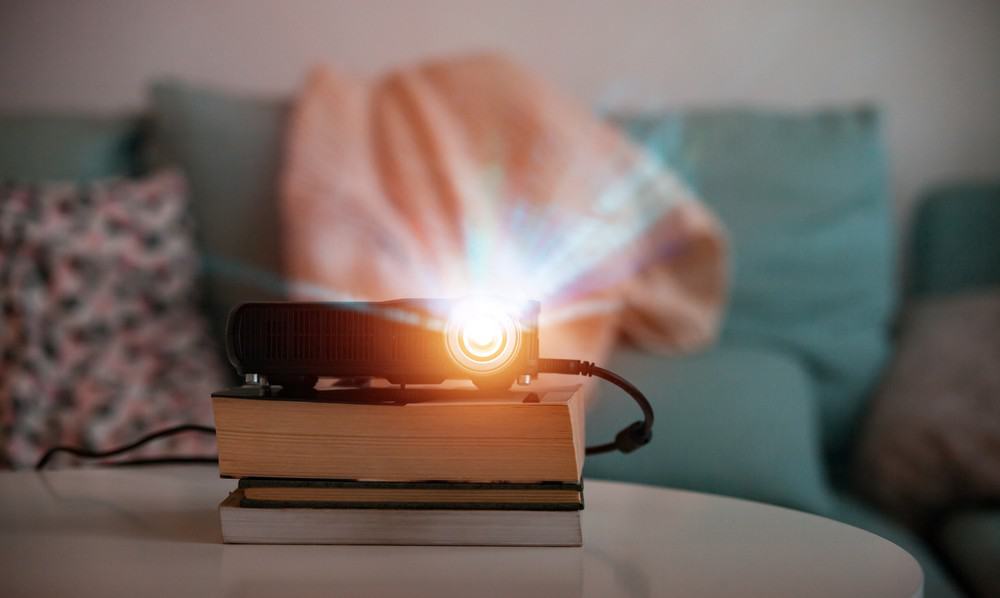
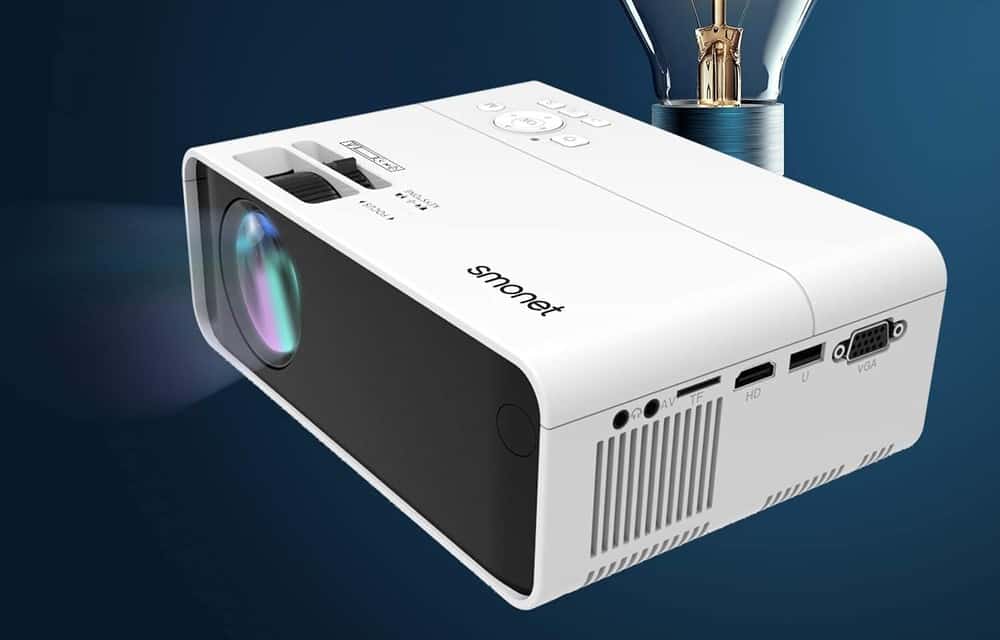
![Best Projectors for Daylight Viewing in [year] 27 Best Projectors for Daylight Viewing in 2025](https://www.gadgetreview.dev/wp-content/uploads/best-projector-for-daylight-viewing-image.jpg)
![Best Samsung Projectors in [year] 28 Best Samsung Projectors in 2025](https://www.gadgetreview.dev/wp-content/uploads/best-samsung-projectors-image.jpg)
![Best NEC Projectors in [year] 29 Best NEC Projectors in 2025](https://www.gadgetreview.dev/wp-content/uploads/best-nec-projectors-image.jpg)
![Best Acer Projectors in [year] 30 Best Acer Projectors in 2025](https://www.gadgetreview.dev/wp-content/uploads/best-acer-projectors-image.jpg)
![Best Quiet Projectors in [year] 31 Best Quiet Projectors in 2025](https://www.gadgetreview.dev/wp-content/uploads/best-quiet-projector-image.jpg)
![Best Projectors for Golf Simulator in [year] 32 Best Projectors for Golf Simulator in 2025](https://www.gadgetreview.dev/wp-content/uploads/best-projector-for-golf-simulator-image.jpg)
![Best Conference Room Projectors in [year] 33 Best Conference Room Projectors in 2025](https://www.gadgetreview.dev/wp-content/uploads/best-conference-room-projector-image.jpg)
![Best InFocus Projectors in [year] 34 Best InFocus Projectors in 2025](https://www.gadgetreview.dev/wp-content/uploads/best-infocus-projectors-image.jpg)
![Best Mini Projector in [year] ([month] Reviews) 35 Best Mini Projector in 2025 (December Reviews)](https://www.gadgetreview.dev/wp-content/uploads/best-mini-projector-image.jpg)
![Best Panasonic Projectors in [year] 36 Best Panasonic Projectors in 2025](https://www.gadgetreview.dev/wp-content/uploads/best-panasonic-projectors-image.jpg)
![Best Sony Projectors in [year] 37 Best Sony Projectors in 2025](https://www.gadgetreview.dev/wp-content/uploads/best-sony-projectors-image.jpg)
![Best Projector Stands in [year] 38 Best Projector Stands in 2025](https://www.gadgetreview.dev/wp-content/uploads/best-projector-stand-image.jpg)
![Best Ultra Short Throw Projectors in [year] 39 Best Ultra Short Throw Projectors in 2025](https://www.gadgetreview.dev/wp-content/uploads/best-ultra-short-throw-projector-image.jpg)
![Best Projectors for a Living Room in [year] 40 Best Projectors for a Living Room in 2025](https://www.gadgetreview.dev/wp-content/uploads/best-projector-for-living-room-image.jpg)
![Best RCA Projectors in [year] 41 Best RCA Projectors in 2025](https://www.gadgetreview.dev/wp-content/uploads/best-rca-projectors-image.jpg)
![Best Optoma Projectors in [year] 42 Best Optoma Projectors in 2025](https://www.gadgetreview.dev/wp-content/uploads/best-optoma-projectors-image.jpg)
![Best BenQ Projectors in [year] 43 Best BenQ Projectors in 2025](https://www.gadgetreview.dev/wp-content/uploads/best-benq-projectors-image.jpg)
![Best Projectors for Church in [year] 44 Best Projectors for Church in 2025](https://www.gadgetreview.dev/wp-content/uploads/best-projector-for-church-image.jpg)
![Best Projectors for Classroom in [year] 45 Best Projectors for Classroom in 2025](https://www.gadgetreview.dev/wp-content/uploads/best-projector-for-classroom-image.jpg)
![Best Epson Projectors in [year] 46 Best Epson Projectors in 2025](https://www.gadgetreview.dev/wp-content/uploads/best-epson-projector-image.jpg)
